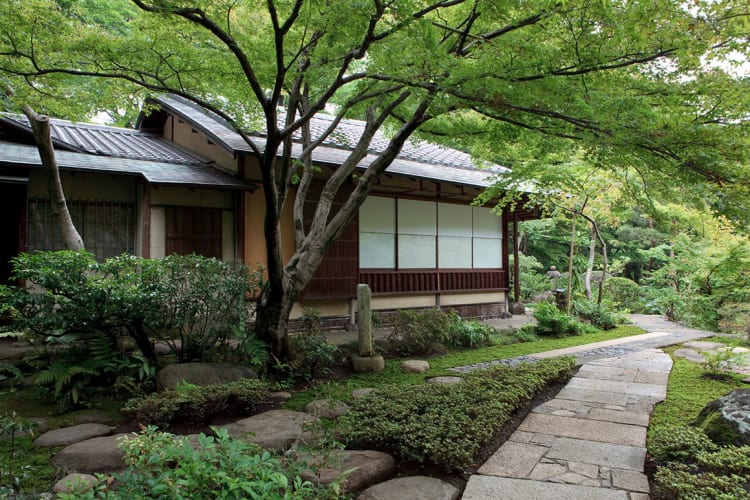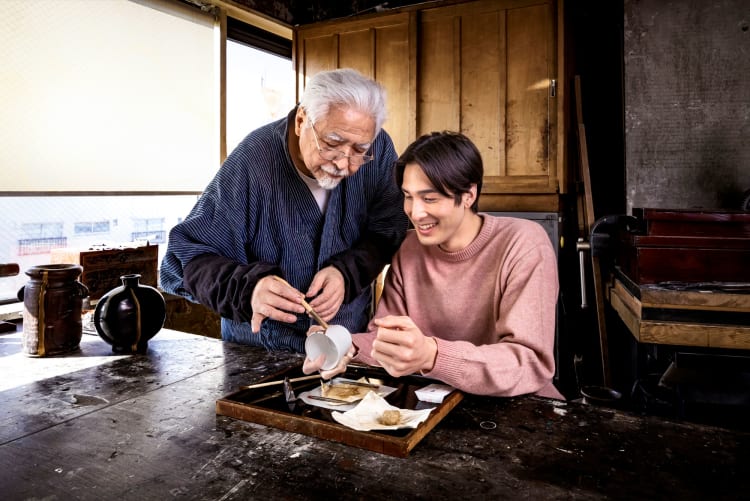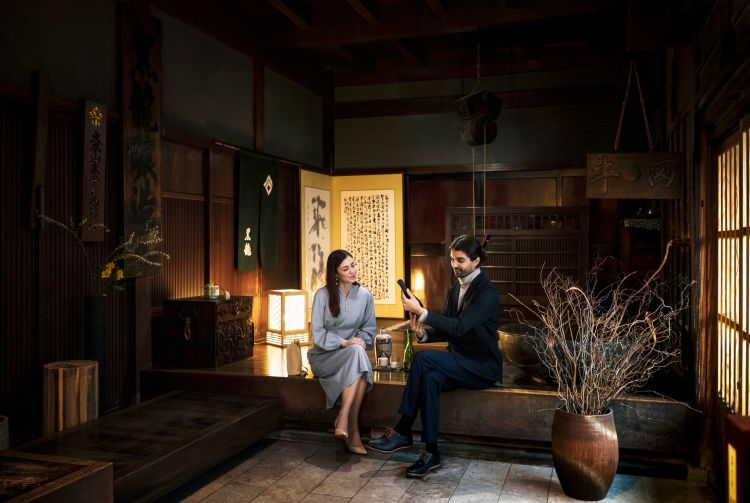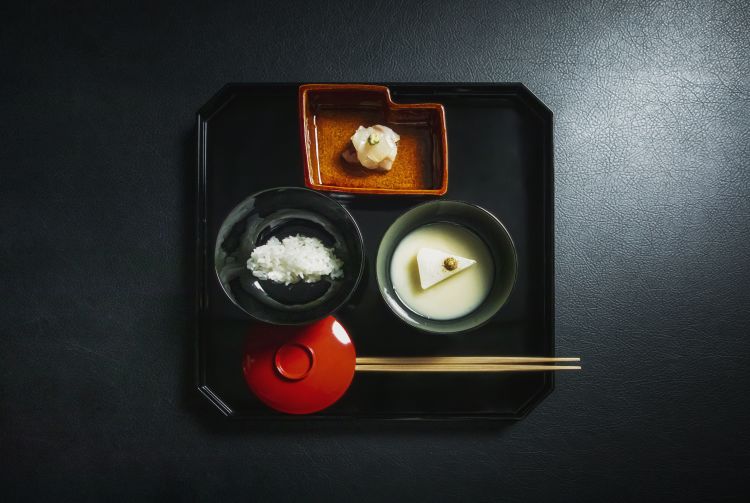Experiencing Once-in-a-lifetime Beauty in Japan
The fleeting cherry blossoms reflect a sensitivity to the theme of impermanence that is widespread in Japanese culture. In a world of flux, the present moment is an unchanging constant. Japan's arts and culture offer many paths to a deeper appreciation of "now," the only time available for us to do anything.
The value of each unrepeatable moment is clear in sado (the Way of Tea) and its tea ceremonies. Every encounter between host and guest is a once-in-a-lifetime opportunity. Far from the cares of everyday life, they share a moment of tranquility, with minds settled by the elegant ritual of serving and drinking tea.
Experience this classic, timeless hospitality in person at a private tea ceremony with renowned master Sokyu Nara at Koko-an, a 17th-century tea room in the historic city of Kanazawa. The small details in the uncluttered, serene tea room each help create a moment of sharing that cannot be repeated: the choice of seasonal flower arrangement, hanging scroll or tea implements help you embrace the spirit of wabi-sabi, the beauty of transience and impermanence. You will have the luxury of time to observe each detail in the unadorned simplicity of the tea room: the beauty of each tea tool, the master’s deft movements and concentration, the sound of water trickling into the bowl, the fresh scent of a carefully whisked bowl of matcha. This is a time of reflection, to relax in the silence and cherish a single shared moment of traditional Japan.

If you wish to learn more about the intricacies and aesthetic of sado, consider a visit to the Nezu Museum in Tokyo. Discover their excellent collection of tea ceremony utensils, many dating back to the 16th century, and a leafy landscaped garden containing four small tea rooms. Additionally, the museum's exhibits present some of Japan's finest arts and crafts. You may even have a chance to see examples of ceramic items which are “healed” with lacquer and powdered gold, a technique known as kintsugi (literally “gold joinery”).

Kintsugi does not seek to mask the damage made to an object, but rather to celebrate its history. The artist highlights the unique pattern of chips and cracks by applying urushi Japanese lacquer to the breaks, patiently polishing it smooth, then coating it with a precious layer of gold, silver or even platinum. This acceptance and appreciation of the beauty of imperfection is also a part of wabi-sabi, where “wabi” finds appreciation in simplicity and “sabi” looks at the passage of time. This innately Japanese concept is important not only in kintsugi but the country’s aesthetics and art as a whole.
You can learn the traditional kintsugi techniques from Showzi Tsukamoto, who has been practicing this “art of imperfection” for over 50 years. At his Tokyo atelier, visitors interact with the master himself to discuss the beauty expressed by kintsugi and gain first-hand insights into the principles behind this contemplative craft.









